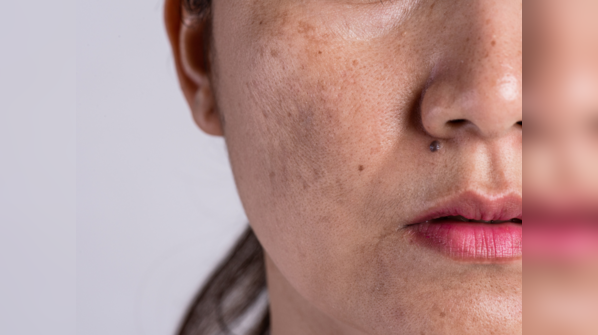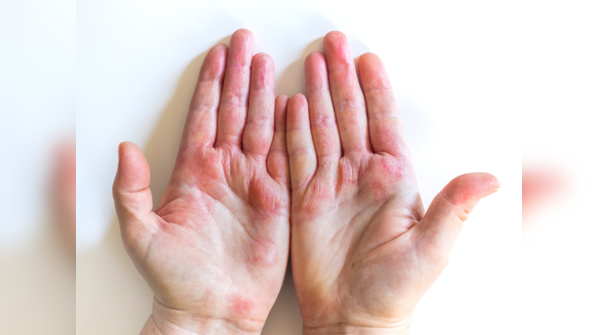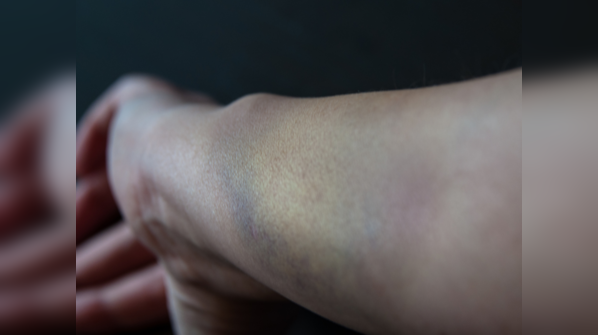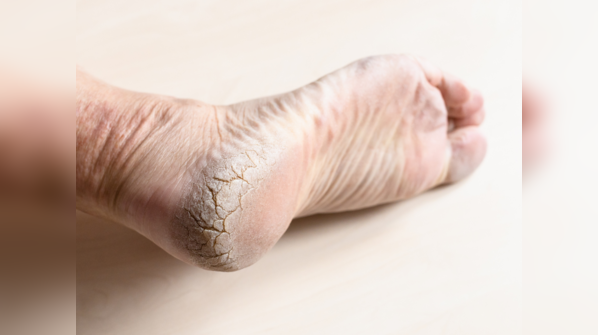
What is our Epidermis trying to tell us?
Did you know that there are important hints about your general health hidden in every square inch of your skin? Your skin is like a map; its texture and colour can point you in the direction of possible health issues. Here we will get into the mysteries of skin, to see what hidden messages it might be attempting to tell. Maintaining general well-being may depend on the ability to remain vigilant and pay attention to what our skin is telling us.

One of the most noticeable signs on the skin is redness, which can indicate various health issues. It is often warned that patterns and distributions of redness could signal conditions such as rosacea, skin irritation, or allergic reactions. Additionally, tiny red or purple dots that fail to fade when pressed might suggest a deficiency in essential vitamins or even more serious health issues.

The discolouration is another significant indicator of health problems, with each colour revealing specific underlying causes. Redness typically points to inflammation, while brown indicates pigmentation changes and blue may signal vascular issues. Moreover, spotting pink and yellow patches on the shins, known as Necrobiosis lipoidica, could be a potential indicator of diabetes. However, these patches could also signify thyroid issues or inflammatory diseases like Crohn’s disease and rheumatoid arthritis, highlighting the importance of thorough health evaluation.

Skin thickness or enlargement, particularly on the fingers, hands, and feet, could serve as a red flag for diabetes. This thickening is often accompanied by decreased sensation, further emphasising the importance of monitoring skin changes for early detection of health issues.
Our skin is more than just a protective barrier – it’s a reflection of your internal health. By paying attention to subtle changes in skin texture and colour, individuals can potentially identify underlying health conditions early on. Consulting with a dermatologist or healthcare professional is essential for the proper diagnosis and management of any concerning skin symptoms.


